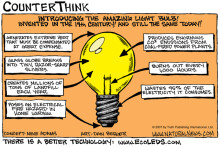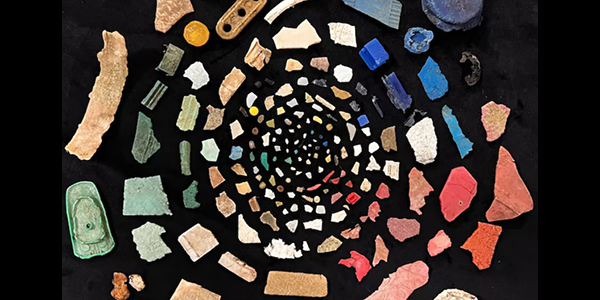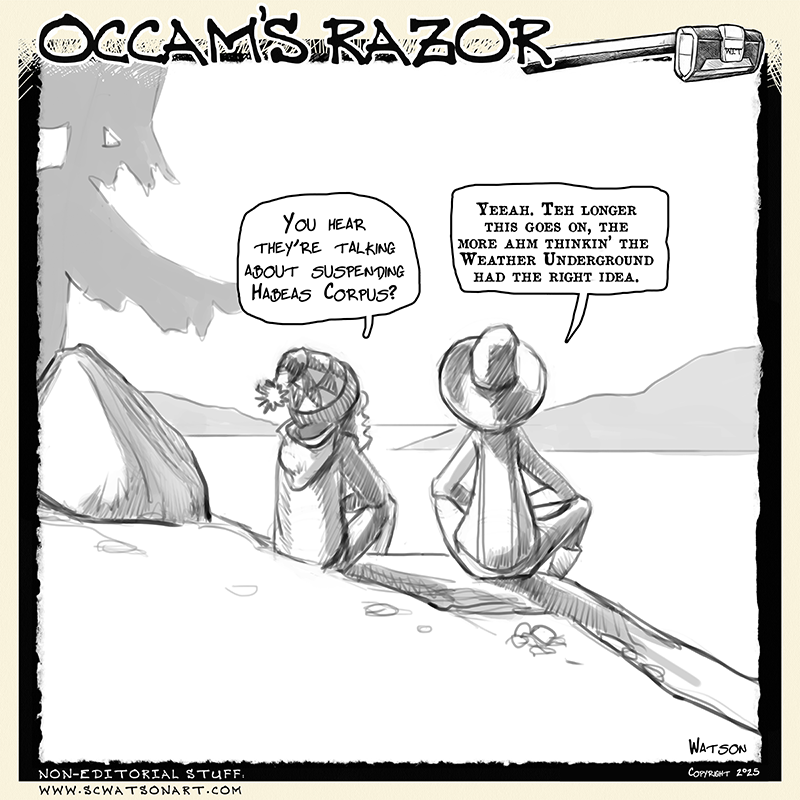— by Paris Wilson —
 In my eighth grade class, we had an assignment to do a study of one of our world’s problems. I chose to research the problem of energy-wasting light bulbs. My goal is to inform people about how we can save energy and money by which light bulbs we buy. I am writing this article to encourage everyone to use more efficient light bulbs.
In my eighth grade class, we had an assignment to do a study of one of our world’s problems. I chose to research the problem of energy-wasting light bulbs. My goal is to inform people about how we can save energy and money by which light bulbs we buy. I am writing this article to encourage everyone to use more efficient light bulbs.
A large amount of energy is wasted unwisely by using inefficient light bulbs. To help solve this problem, we can buy and install efficient light bulbs that use less energy. If people start using energy-saving, efficient light bulbs, we won’t be wasting energy and instead will be conserving resources.
There are different kinds of incandescent lights (such as regular incandescent and halogens). Regular incandescent lights are inexpensive on the shelf. But in the long run, other more expensive (but longer-lasting) lights, such as LEDs, save you money – the same money you would be spending to replace the incandescent lights. Also, 90% of the energy in regular incandescent light bulbs is given off as heat.
Although halogen incandescents can reduce eye strain, produce more light per watt and last significantly longer (between 2,250 and 3,500 hours) than a normal incandescent (between 1,000 and 2,000 hours), they are still expensive and extremely breakable. A small knock could easily break or damage the glass, which can lead to failure of the light. Another consequence of halogens is they can overheat small rooms and become a fire hazard. (For example, a 500 watt halogen can reach over 1,200 degrees.)
Another kind of bulb is a CFL, a compact fluorescent light. They use up to 70% less energy than incandescent lights. However, one study showed that LED lights last 6.25 times longer than CFL lights. (A CFL lasts 8,000 hours while an LED light lasts 50,000.) Which would you rather be buying?
LED lights, light-emitting diodes, are semiconductor devices that produce visible light when an electrical current passes through them. LEDs are more durable, versatile, efficient, and longer-lasting than CFLs and incandescent lights.
While doing my research, I found some evidence that truly showed that LED lights waste less energy than an incandescent. I compared an incandescent light to an LED. The incandescent used 60 watts and the LED used 7.5 watts. While the incandescent had an estimated energy cost of $7.23 per year, an LED had a cost of $0.90 per year. Though the incandescent lasted 0.9 years, the LED lasted 22.8 years. As you can see, the LED light used less watts, had a much lower energy cost and lasted a little more than 25 times longer than the incandescent light. Not only is this a better deal, but it also makes the world a better place. LEDs are healthy for our environment, and if we start using them, we’ll be one step closer to having a low carbon footprint.
You’re not the only one who could change their impact on the world. In our house, efficient light bulbs are extremely outnumbered by incandescents. Less than 2% of the lights are LED lights. If my family and I switched out all of the incandescent, inefficient lights with LEDs, our lighting carbon footprint would decrease by about 80%. Because of my research on this subject, we have already started replacing the incandescent bulbs with LEDs.
If people start using more efficient, energy-saving light bulbs, our world will be healthier, our carbon footprints would go down, and we would be conserving valuable resources. I hope you consider switching to LED lights!
**If you are reading theOrcasonian for free, thank your fellow islanders. If you would like to support theOrcasonian CLICK HERE to set your modestly-priced, voluntary subscription. Otherwise, no worries; we’re happy to share with you.**









This is good information to have. I love it when someone does extensive research on a subject, and then freely shares the information with others.
Thanks Paris, MJ
One issue not addressed is the impact of the manufacturing processes. What is the energy cost to produce an incandescent bulb Vs an LED bulb? What is the comparative environmental impact? This isn’t meant as a criticism of your article which is obviously well researched and very well written. But these questions are ones that should be addressed to see the true and complete impact of each product.
I love it when someone does extensive research too — and that research is done in 8th grade. Remarkable report/article, Paris! Considering I was probably still making models of California Missions in 8th grade, this is so very impressive. Great work. Maybe you can look into the manufacturing end when you’re in 9th grade. :)